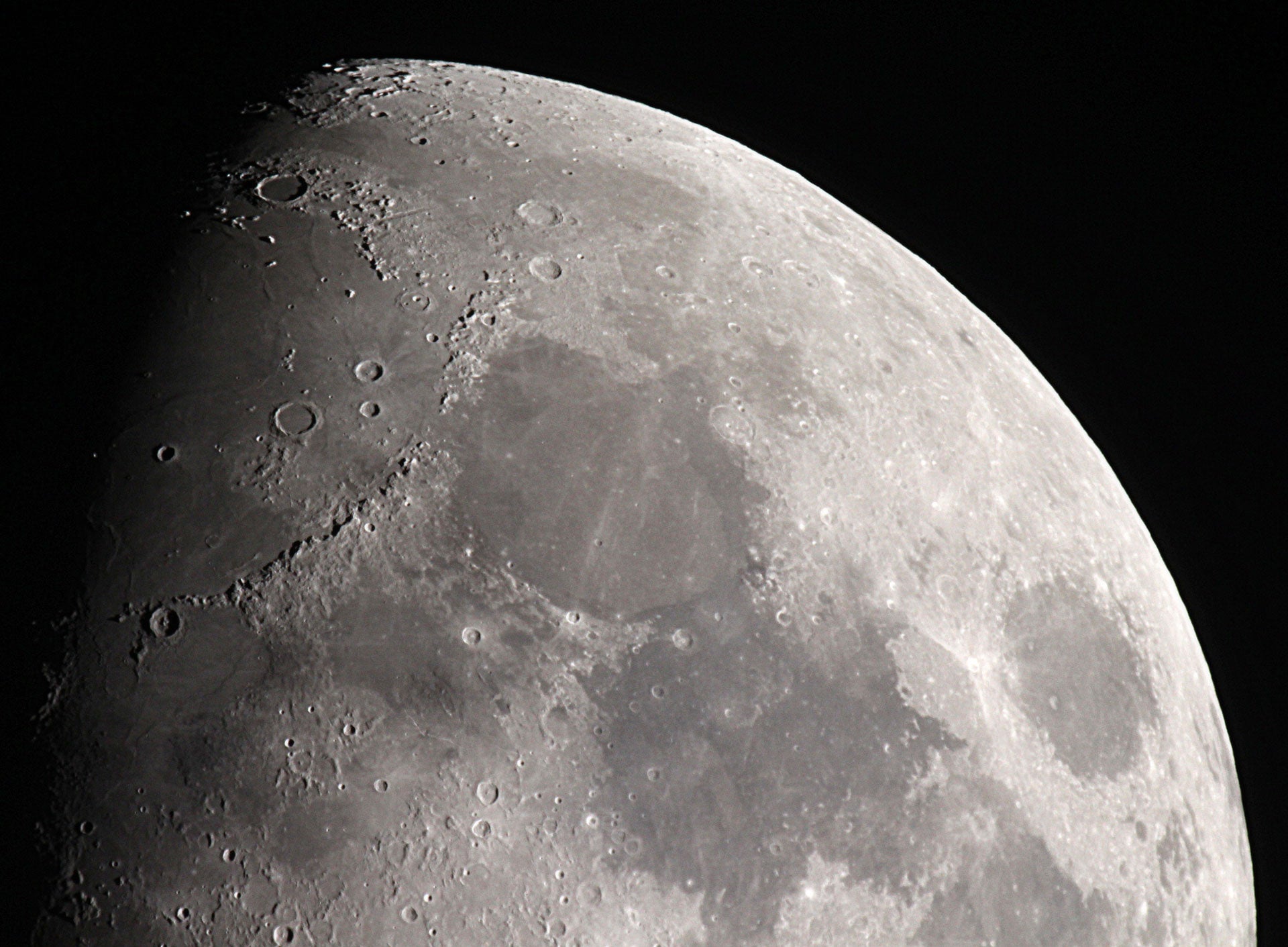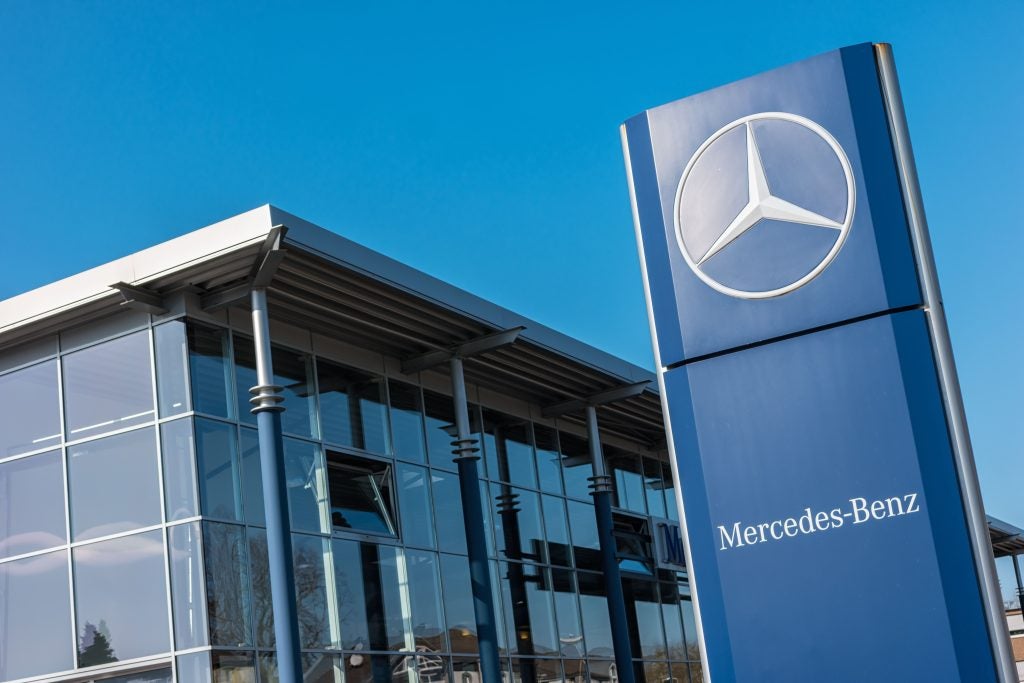
A partnership between NASA and Lockheed Martin could see astronauts land on the Moon for the first time in more than 40 years as part of the Orion programme.
NASA has placed an order for six Orion spacecraft missions with Lockheed Martin, and according to the aerospace and defence company has the option of ordering up to 12 in total.
Lockheed Martin has been the prime contractor during the development phase of the Orion programme, NASA’s deep space exploration spaceship intended to take astronauts to the Moon and eventually Mars.
The last lunar mission was in 1972, with the Apollo 17 space mission being the last time humans have travelled beyond low Earth orbit. However, NASA has plans for astronauts to land on the lunar South Pole by 2024.
Rick Ambrose, executive vice president of Lockheed Martin Space, believes that this is an important step in sending astronauts to the Moon:
“This contract clearly shows NASA’s commitment not only to Orion, but also to Artemis and its bold goal of sending humans to the Moon in the next five years. We are equally committed to Orion and Artemis and producing these vehicles with a focus on cost, schedule and mission success.”
How well do you really know your competitors?
Access the most comprehensive Company Profiles on the market, powered by GlobalData. Save hours of research. Gain competitive edge.
 Company Profile – free sample
Company Profile – free sampleThank you!
Your download email will arrive shortly
Not ready to buy yet? Download a free sample
We are confident about the unique quality of our Company Profiles. However, we want you to make the most beneficial decision for your business, so we offer a free sample that you can download by submitting the below form
By GlobalData
NASA Lockheed Martin partnership
NASA initially has ordered three Orion spacecraft for Artemis missions III IV and V in an order worth $2.7bn. The agency plans to order three more Orion spacecraft for Artemis missions VI-VIII for $1.9bn in the fiscal year 2022. By ordering spacecraft in bulk, it is hoped that the missions will benefit from “efficiencies that become available in the supply chain over time”.
The first spacecraft, Artemis III, will carry the first ever female astronaut to go to the Moon, as well as a male astronaut. It is scheduled to launch in 2024 and land on the Moon using the Lunar Gateway, a small spaceship in orbit around the Moon, and also a lunar landing system.
The NASA Lockheed Martin partnership will be part of NASA’s plans to build a “sustainable presence on the lunar surface”.A key part of this is reusability. NASA plans to reuse the recovered crew modules at least once, with “interior components of the spacecraft, such as flight computers and other high value electronics”. Combined with the use of advanced manufacturing techniques, this will help contribute to a reduction in cost.
“A new era of human deep space exploration”
Mike Hawes, Orion program manager for Lockheed Martin Space explains how this technology could bring about a new era of deep space exploration:
“We have learned a lot about how to design and manufacture a better Orion—such as designing for reusability, using augmented reality and additive manufacturing—and we’re applying this to this next series of vehicles.
“Driving down cost and manufacturing them more efficiently and faster will be key to making the Artemis program a success. One must also appreciate how unique Orion is. It’s a spaceship like none other. We’ve designed it to do things no other spacecraft can do, go to places no astronaut has been and take us into a new era of human deep space exploration.”
Lockheed Martin and NASA recently announced the completion of the Orion crew and service module being developed for the Artemis I mission, an uncrewed mission to the Moon.
Lockheed Martin has also said that this could help “prepare us to move on to Mars”, with the space agency currently working to address the challenges of living in space and using information gained from lunar missions in future missions to Mars, including developing a “permanent presence at the Moon”.
Read More: UK plans Moon communications system with NASA-UK Space Agency signing.







